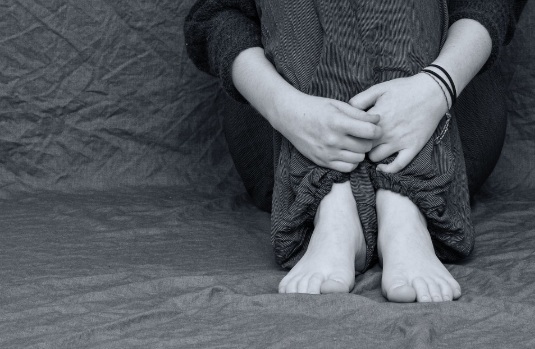
خوف اور فوبیا کو سمجھنا
فوبیاس، جسے "فوبک ڈس آرڈرز" بھی کہا جاتا ہے، ایک قسم کی بے چینی کی خرابی ہے۔ عمومی تشویش کی خرابی () کے برعکس، جس میں مختلف موضوعات کے بارے میں انتہائی تشویش ہوتی ہے، فوبیاس مخصوص خوف پر مرکوز ہوتے ہیں۔ کی عام علامات میں ضرورت سے زیادہ اور مشکل سے قابو پانے والی پریشانی، چڑچڑاپن، بےچینی، سونے میں دشواری، اور توجہ مرکوز کرنے میں دشواری شامل ہیں۔
خوف اور فوبیا کیا ہیں؟
خوف ایک حقیقی یا سمجھے جانے والے خطرے کا قدرتی ردعمل ہے۔ یہ آپ کے جسم کو حفاظتی کارروائی کرنے کے لیے متنبہ کرتا ہے۔
فوبیا کسی چیز کا ایک شدید، غیر معقول خوف ہے جو بہت کم یا کوئی حقیقی خطرہ لاحق نہیں ہوتا ہے۔ یہ اکثر بے ضرر حالات میں بھی اجتناب اور پریشانی کا باعث بنتا ہے۔
Difference Between Fear and Phobia
- Fear is proportionate to the threat and fades once the threat is gone.
- Phobia is persistent and overwhelming, often interfering with daily life even when the feared object or situation is not present.
Types of Common Fears and Phobias
- Acrophobia: Fear of heights.
- Claustrophobia: Fear of confined or small spaces.
- Aerophobia: Fear of flying.
- Social Phobia (Social Anxiety): Fear of being judged or embarrassed in social situations.
- Agoraphobia: Fear of places where escape may be difficult (like crowds or open spaces).
- Trypanophobia: Fear of needles or injections.
- Mysophobia: Fear of germs or dirt (often leads to compulsive cleaning).
- Thanatophobia: Fear of death or dying.
- Animal Phobias: Fear of dogs, spiders, snakes, etc.
Each phobia has its own triggers but they all originate in the subconscious mind.
Why Do People Develop Phobias?
- Traumatic events in childhood or adulthood
- Learned behavior from parents or surroundings
- Genetic or biological predisposition
- Unresolved emotional experiences stored in the subconscious
Symptoms of Phobias
- Rapid heartbeat, sweating, shaking
- Shortness of breath or dizziness
- Intense desire to escape the situation
- Obsessive thoughts about the feared object or event
- Avoidance behavior that limits lifestyle
Coping Techniques with CBT (Cognitive Behavioral Therapy)
- Identifying irrational thoughts and replacing them with realistic ones
- Gradual exposure to the fear (desensitization)
- Relaxation and breathing techniques
- Cognitive restructuring and building coping skills
CBT is effective, especially when practiced consistently, but may take time to achieve deep change.
How Hypnotherapy Can Help
Hypnotherapy taps directly into the subconscious mind — where fears and phobias are stored — to uncover the root cause and reprogram it.
- Access suppressed memories or emotional events
- Replace limiting beliefs with empowering thoughts
- Desensitize triggers at the subconscious level
- Restore emotional balance and inner calm
- Break the cycle of avoidance and fear-based reactions
Most clients feel noticeable improvement after just one or two sessions.